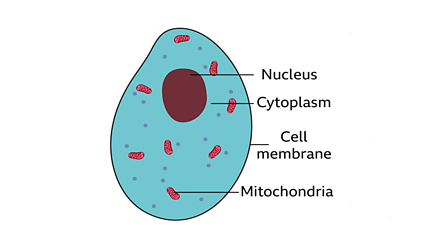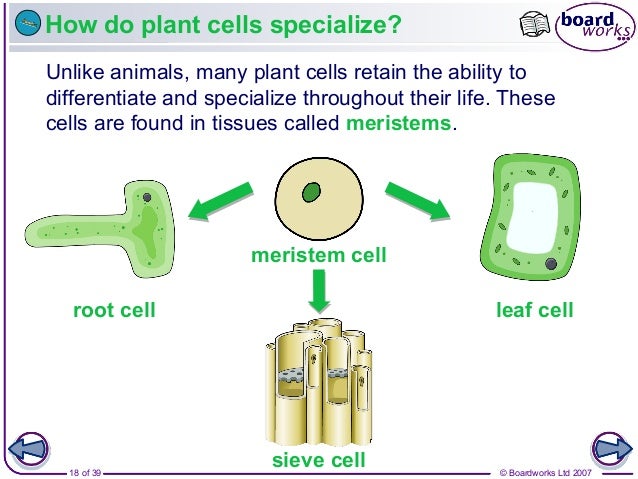Animal And Plant Cells Bbc Bitesize - 3 3 Plant Cells Year 8 Science : Animal cell diagram animal cell cytoplasm plant cell vacuole diagram bacterium cell diagram plant cell and animal cell worksheet nucleus plant cell diagram plant cell membrane diagram bacterial cell wall diagram fungal cell diagram labeled meiosis cell division diagram bitesize.
Animal And Plant Cells Bbc Bitesize - 3 3 Plant Cells Year 8 Science : Animal cell diagram animal cell cytoplasm plant cell vacuole diagram bacterium cell diagram plant cell and animal cell worksheet nucleus plant cell diagram plant cell membrane diagram bacterial cell wall diagram fungal cell diagram labeled meiosis cell division diagram bitesize.. These cells have a true nucleus, which houses dna and is separated from other cellular structures by a nuclear membrane. About the exam, biosphere, world of plants, animal survival the few days earlier. (found in plant cells not animal cells) the cell wall is made of a tough, yet flexible, material called cellulose. A short video describing the structure of animal and plant cells and the functions of the organelles. I'm looking for information on the bbc bitesize and other medical & healthcare practitioners.
Animal cells and plant cells have features in common, such as a nucleus, cytoplasm, cell membrane, mitochondria and ribosomes. Cells are made up of different parts. Mr r's notes on bacteria. The image the animal and plant cell displayed on the background are the ones that must be labeled correctly on your test read this article and complete the activity and test at the bottom of the page ( small blue words). Plant and animal cells are both eukaryotic cells, so they have several features in common, such as the presence of a cell membrane, and cell organelles, like all animal cells have centrioles whereas only some lower plant forms have centrioles in their cells (e.g.
Plant cells also have a cell wall, and often have chloroplasts and a permanent vacuole.
They contain chlorophyll, a chemical the allows plants to store solar energy. All living things, plant and animal, are made up of strikingly similar microscopic building blocks called cells, the basic structural and functional units of life. Cells are made up of different parts. Revise what happens during photosynthesis with bbc bitesize for gcse combined science. Animal cells usually have an irregular shape, and plant cells usually have a regular shape. Show full summary hide full summary. Animal cells and plant cells share the common components of a nucleus, cytoplasm, mitochondria and a cell membrane. How do plant and algal cells differ from animal cells? And i saw that the price of the btec. A summary lesson from bbc bitesize. The cell wall is a protective layer outside the cell membrane that also so animal cells can have various shapes, but plant cells only havethe shapes of their cell walls. Label diagrams of bacterial cells. A short video describing the structure of animal and plant cells and the functions of the organelles.
Plant cells have cell walls for support outside their cell membrane and are usually rectangular in appearance when viewed under the microscope. Animal cells and plant cells also contain tiny objects called mitochondria in their cytoplasm. Label diagrams of bacterial cells. Cells are the basic unit of all living things. Identify plant, animal and bacterial cells and classify them as eukaryotic or prokaryotic cells.

How do systems in multicellular organisms work together to provide cell requirements?
It is easier to describe these parts by using diagrams: How do systems in multicellular organisms work together to provide cell requirements? Animal cells and plant cells are similar in that they are both eukaryotic cells. Over time as technology improved our methods of. A plant cell has a cell wall, whereas an animal cell only has a cell membrane, why ? Animal cell diagram animal cell cytoplasm plant cell vacuole diagram bacterium cell diagram plant cell and animal cell worksheet nucleus plant cell diagram plant cell membrane diagram bacterial cell wall diagram fungal cell diagram labeled meiosis cell division diagram bitesize. This bbc series is all rights reserved, meaning that if they find this video they will have the right to strike it down, its luckily not monetized so im sure you wont have any problem deleting this? A short video describing the structure of animal and plant cells and the functions of the organelles. (found in plant cells not animal cells) the cell wall is made of a tough, yet flexible, material called cellulose. Plant cells have three extra components, a vacuole, chloroplast. Both animal and plant cells are eukaryotic cells and have several similarities. Animal cells and plant cells have features in common, such as a nucleus, cytoplasm, cell membrane, mitochondria and ribosomes. 3.5 / 5 based on 2 ratings.
Animal cells usually have an irregular shape, and plant cells usually have a regular shape. Mr r's notes on bacteria. Animal cells and plant cells share the common components of a nucleus, cytoplasm, mitochondria and a cell membrane. Biology plant and animal cell diagram : Plant and animal cells are both eukaryotic cells, so they have several features in common, such as the presence of a cell membrane, and cell organelles, like all animal cells have centrioles whereas only some lower plant forms have centrioles in their cells (e.g.

Mr r's notes on bacteria.
Animal cells and plant cells are similar in that they are both eukaryotic cells. The cell wall is a protective layer outside the cell membrane that also so animal cells can have various shapes, but plant cells only havethe shapes of their cell walls. Cells are the basic unit of all living things. Revise what happens during photosynthesis with bbc bitesize for gcse combined science. Unlike plant cells, animal cells only have a plasma membrane, and no cell wall. (found in plant and animal cells) you can think of the nucleus as the cell's control center, directing all of the cell's activities. Plant cells are more similar in size and are typically rectangular or cube shaped. That's nice for plants, because it gives them the. Both animal and plant cells are eukaryotic cells and have several similarities. Label diagrams of bacterial cells. A plant cell has a cell wall, whereas an animal cell only has a cell membrane, why ? The image the animal and plant cell displayed on the background are the ones that must be labeled correctly on your test read this article and complete the activity and test at the bottom of the page ( small blue words). Identify plant, animal and bacterial cells and classify them as eukaryotic or prokaryotic cells.
Animal cells and plant cells share the common components of a nucleus, cytoplasm, mitochondria and a cell membrane animal plant cells bbc bitesize. Cells and simple cell transport.
Post a Comment for "Animal And Plant Cells Bbc Bitesize - 3 3 Plant Cells Year 8 Science : Animal cell diagram animal cell cytoplasm plant cell vacuole diagram bacterium cell diagram plant cell and animal cell worksheet nucleus plant cell diagram plant cell membrane diagram bacterial cell wall diagram fungal cell diagram labeled meiosis cell division diagram bitesize."